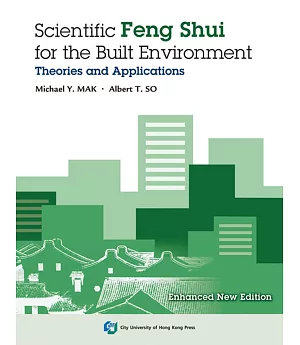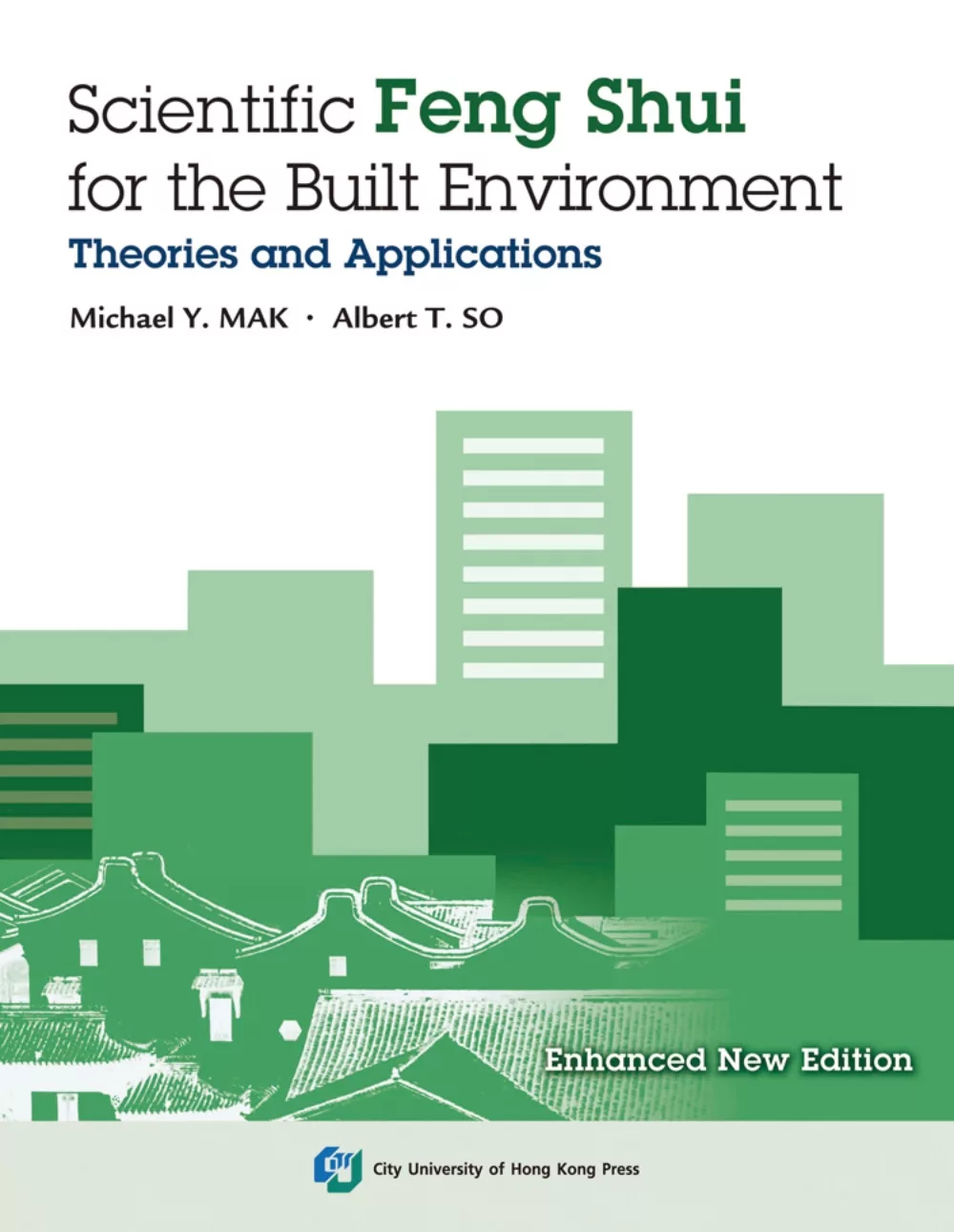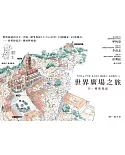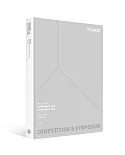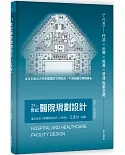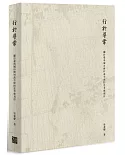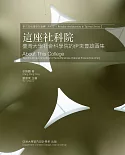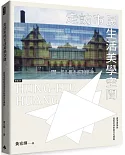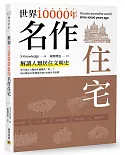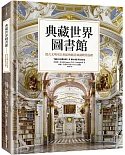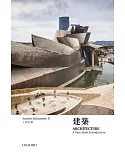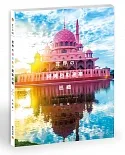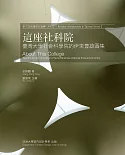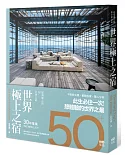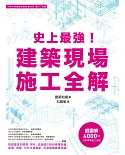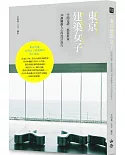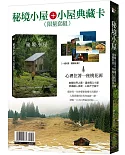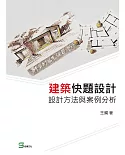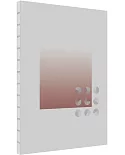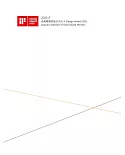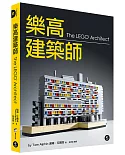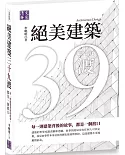Preface
Readers may have read in our book, Scientific Feng Shui for the Built Environment: Fundamentals and Case Studies, published four years ago, that both Chinese and western cultures have always
contemplated the harmony between the mankind and our surrounding environment; the natural environment in ancient times, and the built/natural environment today. Modern architecture has become
increasingly concerned about the integration and harmony between the natural and built environments as "green living" seems to be the hottest contemporary topic. Terms like environmental
protection and management, energy conservation, renewable energy, sustainability and ecology etc. have been pouring into our ears on a daily basis. In fact, all these concepts are not new from
an ancient Chinese point of view; this study in the past was called Feng Shuior Kan Yu more academically, a traditional Chinese wisdom aimed at creating harmony between the environment (both
referring to the sky and the earth), buildings and people. It is a philosophy which has influenced traditional building design in China for thousands of years.
In the western world, the popular conception of Chinese Feng Shuiis the practice of doing the right thing at the right place, at the right time and with the right style. The original ancient
Chinese term for this study was Kan Yu; the term Feng Shuiis (in Chinese historical terms) a relatively recent nomenclature. ôKanö refers to the observations of sky and climate and ôYuö refers
to investigations of the landscape and geography. The expression "Feng Shui" was first used in the classic text The Book of Burial published in the Jin Dynasty, some 1,700 years ago. In direct
translation, "Feng" simply means wind while "Shui" means water. Our books could certainly tell you the scope of Feng Shuiis much broader, in terms of dimensions of consideration, detailed
contents and the methodology.
Traditionally, Feng Shuicomprises of two schools, namely the Form School and the Compass School. However, the principles and practices of such important schools of thought are complicated,
leading to considerable misunderstanding and confusion. To bring Feng Shuiout of the shadow of superstition, it is essential to use a scientific approach to the study of this controversial
subject. Basically, the notion of "Scientific Feng Shui" has two implications: the verification of Feng Shuiprinciples scientifically, or the study of Feng Shuilogically in a scientific way and
by using scientific methods.
Since 2005, a series of international conferences on Scientific Feng Shuiand the Built Environment had been organized at the City University of Hong Kong and it was moved to
Humboldt-University, Berlin, Germany from 2010 onward. The history of development of this series is detailed in this book and you may be surprised that the origin of this series could date back
to September of the year 1997 when a Feng Shuiworkshop was held in Brisbane organized by both of us.
The aim of the conference series is to provide an international platform for exchanging research findings between scholars in scientific Feng Shui for the benefits of the built environment.
In order to reach the worldwide research communities, thirteen high-quality articles selected from the first three years' conference proceedings were compiled into Research in Scientific
Feng Shuiand the Built Environment, edited by both of us with additional annotations, and published by City University of Hong Kong Press in 2009. Immediately right after publication, we
received concerns from readers that such book is a collection of research articles, and demanding a publication that explains Scientific Feng Shuifrom basic concepts. Such encouraging feedback
led to the writing of Scientific Feng Shui for the Built Environment: Fundamentals and Case Studies, also published by City University of Hong Kong Press in 2011 to explain fundamental terms,
concepts and theories of different schools of Feng Shui, and to explore the nature of a scientific approach to Feng Shuistudy, illustrated by numerous case studies.
Over the past four years, the authors have got some new research findings that could help to strengthen the interest and knowledge of readers. In this enhanced new edition, besides the
philosophy and characteristics of science and scientific methods, comparisons of different cultural and architectural styles, case studies, numerology, modern physics, fundamentals of the Form
and Compass Schools, there are enhancements and new inputs in theories and applications.
In this book, the emphasis is placed on two themes, sustainability and science. New case studies regarding sustainable design as viewed from a Feng Shuiperspective have been added and
elaborated. Integrated applications of different architectural models and their associations with Feng Shuiconcepts, illustrated by case studies, are included. On science, something new on
recent development of particle physics, e.g., the discovery of Higgs particles, has been added. And a totally new approach to numerology and Luo Shu study based on modern linear algebra may
bring readers more insight into the possibility of researching Feng Shuimathematically in a new way, in addition to the use of spherical trigonometry. Something new related to the use of Flying
Stars method is also added.
It is difficult to prove or verify so many rules and principles in the two schools of thought. Some can obviously be explained by theories of modern environmental science, while others, not
so obviously explainable, have to be approached and studied in a logical and consistent manner. Questions on inconsistencies must be raised from time to time and testing must be continuously
conducted to get convinced. We wish this new book could once again demonstrate that Feng Shuican be studied scientifically, and eventually scientific Feng Shuimay become a new field of science
in the academic world as well as a professional and orthodox discipline of architectural design for the built environment.
We would like to thank Dr. Xin Janet GE who supported our works with her expertise in property research and co-authored two chapters of this enhanced new edition. Also thanks are given to Dr.
Dominique SUREL, Dr. Kepa MORGAN, Dr. Michael PATON and Prof. Sai On CHEUNG, who patiently read through the draft version of this book and provided their valuable first-hand reviews. Special
thanks are due to Prof. Sritawat KITIPORNCHAI who has encouraged our works for many years and provided his insightful foreword for this book.
Finally, we have to express our greatest honor to have Mr. Derek WALTERS, a globally renowned Feng Shuiresearcher and practitioner, write a new foreword and also co-author one chapter of this
enhanced new edition. In addition, once again, Derek, certainly as the third author behind, did spend hours and hours of his valuable time and effort, in between his busy schedule of concert
performances in England and lectures in Russia, tendering his constructive comments and suggestions, and kindly proof-read the whole manuscript of this enhanced new edition.
Michael MAK and Albert SO
January 2015

